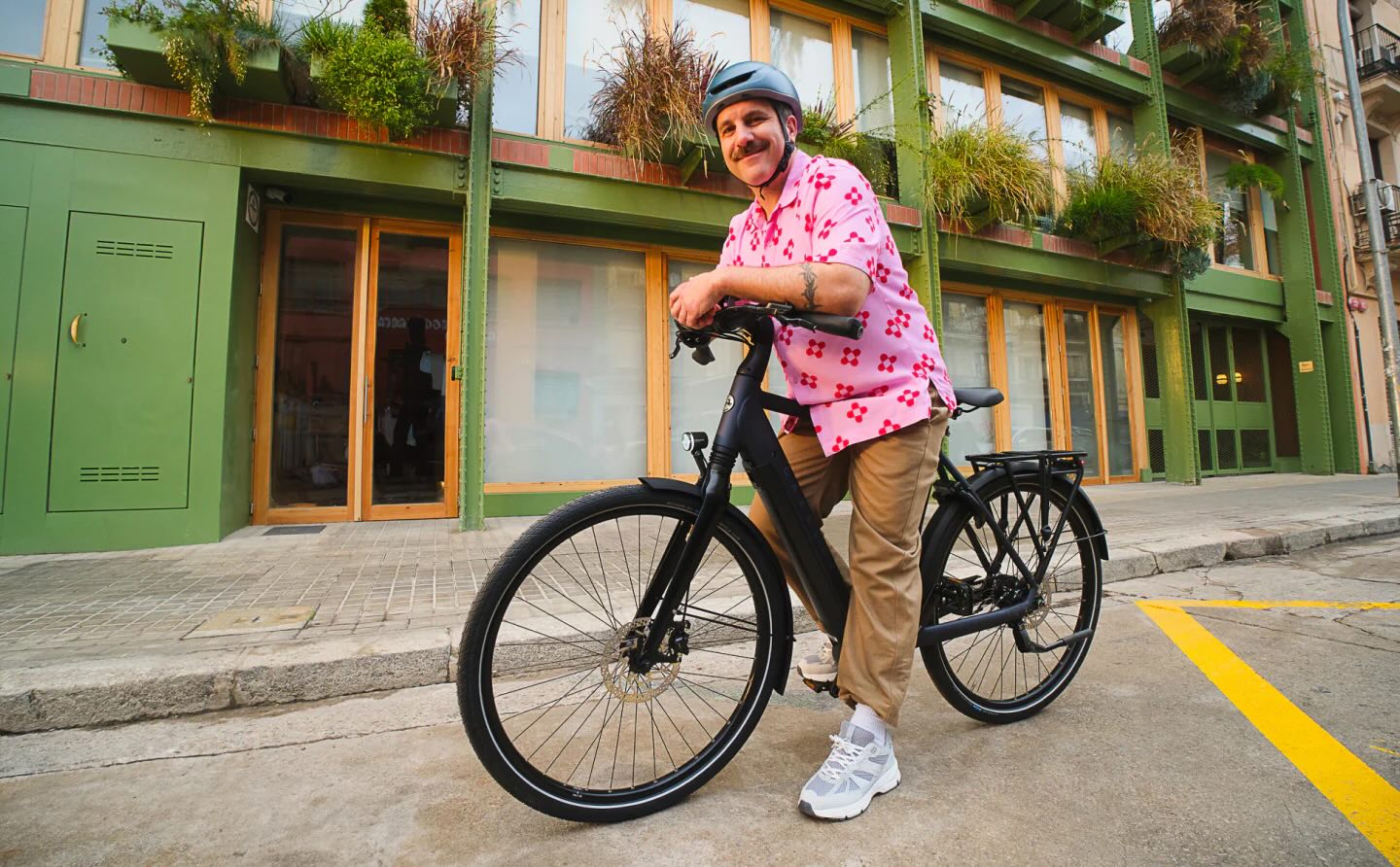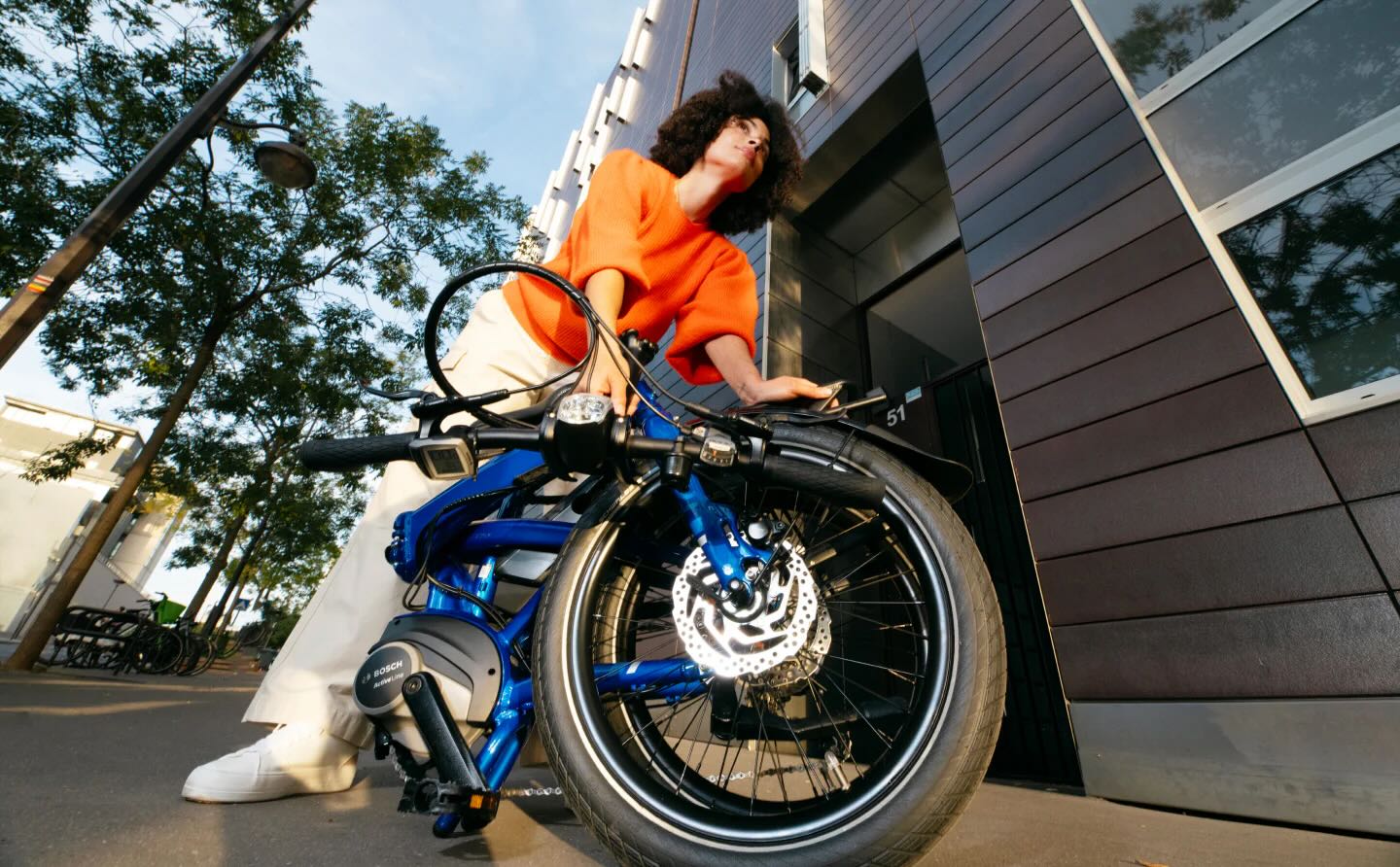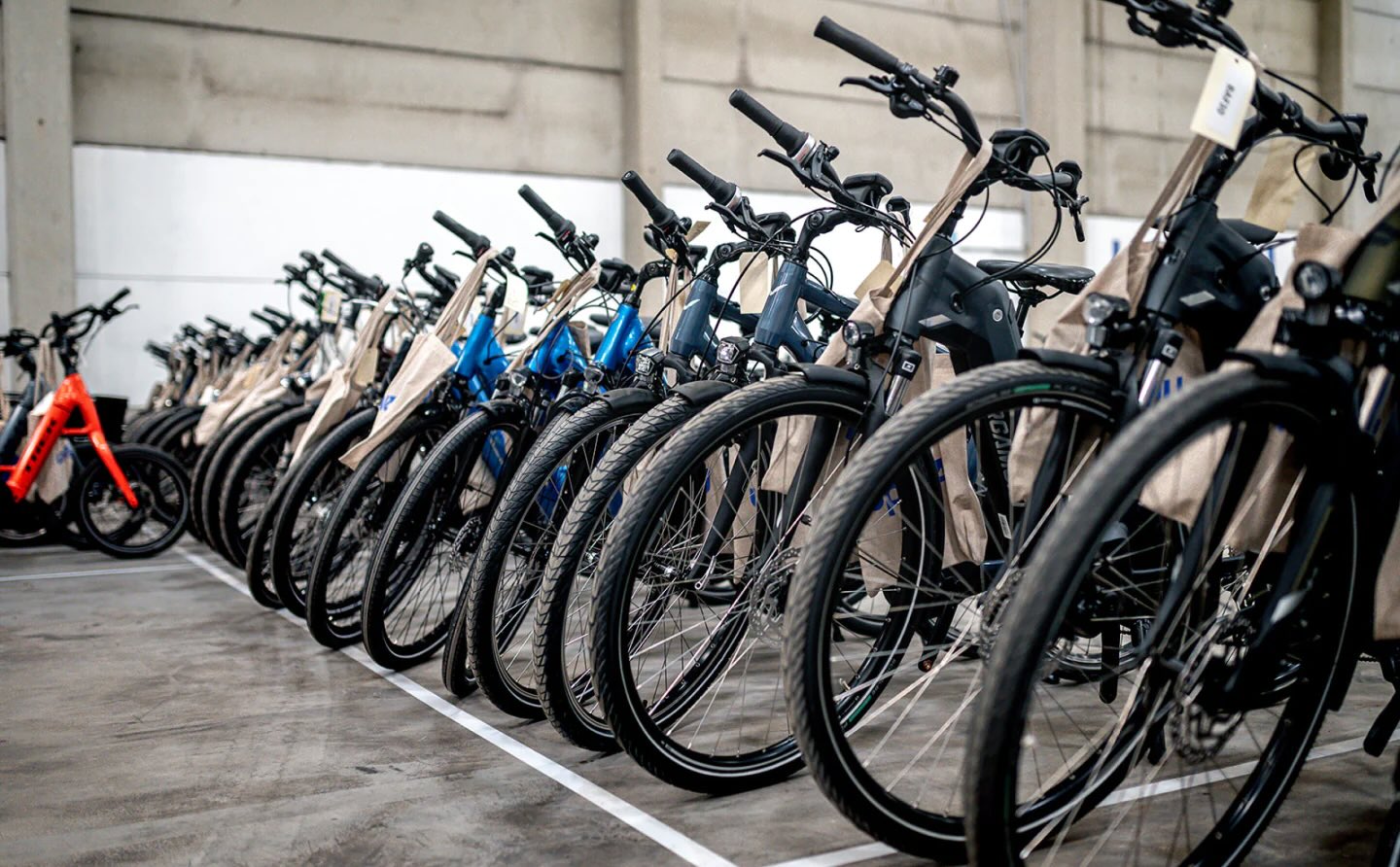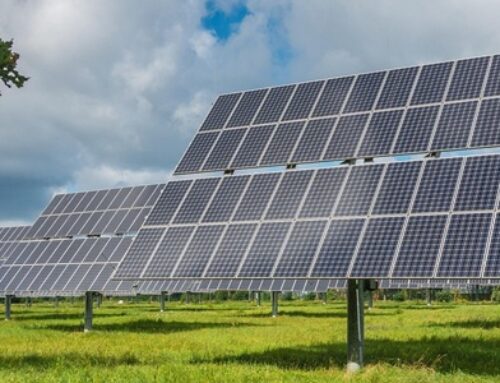Engineers make remarkable discovery that could unlock low-cost power source: ‘This was rea
June 2, 2025
A team of engineers at Cornell University may have just cracked one of solar energy’s toughest challenges: making affordable solar panels that can stand up to heat, moisture, and long-term sunlight without breaking down.
Their innovation centers on perovskite, a flexible, crystal-like material that absorbs sunlight exceptionally well. Compared to traditional silicon panels, perovskite is easier and less expensive to manufacture.
But there’s been one big drawback, per Tech Xplore: They degrade quickly under heat, moisture, or prolonged sunlight exposure.
That’s where Cornell’s breakthrough stands out. Researchers developed a solar cell structure that sandwiches a protective 2D perovskite layer over a 3D one, forming a weather-resistant shell.
They used a more stable molecule called formamidinium in the outer layer, which holds up far better than previous materials. To make it work, the engineers relied on lattice matching, a method of aligning the molecular structures of both layers to ensure a snug fit.
The result was a solar panel that survived 50 days of high heat and intense light and retained 95% of its performance, per Tech Xplore.
Even better, the panel achieved a 25.3% conversion efficiency rate, rivaling some of the most advanced solar tech on the market while keeping costs low.
The research, published in the journal Joule, builds on years of work to overcome the durability issues of perovskite solar cells.
According to Tech Xplore, previous attempts to stabilize these materials often failed because of poor structural compatibility. By focusing on molecular harmony, the Cornell team may have found the key to unlocking real-world use.
“This was really inspiring for me — not just the scientific aspect, but also the technological relevance,” said Shripathi Ramakrishnan, the study’s lead author and a doctoral candidate at Cornell, per Tech Xplore.
TCD Picks » Upway Spotlight
💡Upway makes it easy to find discounts of up to 60% on premium e-bike brands
For homeowners, this breakthrough could lead to solar panels that last longer, require fewer repairs, and withstand extreme weather, all of which could translate to significant savings on utility bills.
For cities and businesses, it means a cost-effective way to cut dependence on resource-intensive energy grids and reduce air pollution that harms public health.
This innovation is part of a larger clean energy wave. Hurricane-proof solar panels and recycled-material designs are pushing the boundaries of what’s possible.
At the same time, groups like Expedia and Sunrun are making solar more accessible in underserved communities.
The best way for consumers to take advantage of clean energy innovations is to install solar panels, which can bring the cost of home energy down to at or near $0.
EnergySage provides a free service that makes it easy to compare quotes from vetted local installers and save up to $10,000 on solar installations.
While Cornell’s design isn’t ready for commercial rooftops just yet, it’s on track for field testing, a major step toward bringing this innovation to real homes.
With solar panels that are lighter, cheaper, and tougher, the future of clean energy could be brighter and closer than we think.
Join our free newsletter for weekly updates on the latest innovations improving our lives and shaping our future, and don’t miss this cool list of easy ways to help yourself while helping the planet.
Search
RECENT PRESS RELEASES
Related Post
















